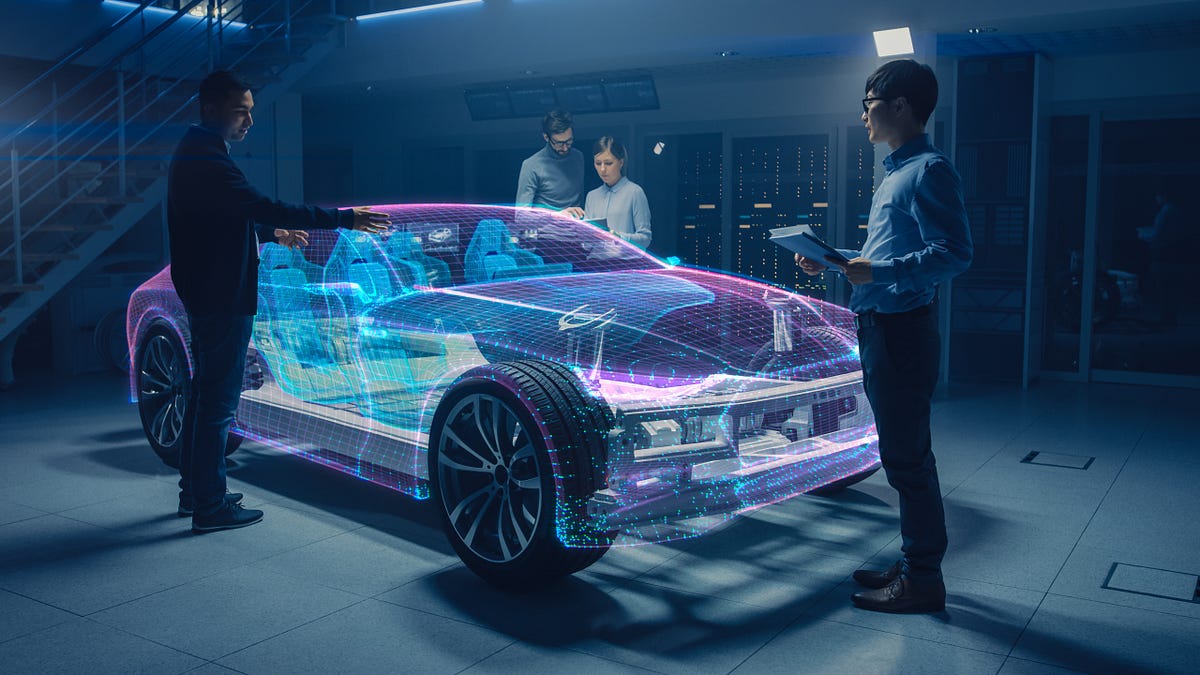A few months ago I had the opportunity to drive a 1994 Ford Mustang. I happen to drive a 2014 Mustang regularly, and I was shocked by the differences in my driving experience.
I expected some changes, certainly, but what caught me off guard the most was the gas mileage. My 2014 Mustang covers about 32 miles per gallon on the highway; the 1984 was getting only about 20.
Aside from being more green and clean for the environment, technology advances in general have instilled other ways for cars to travel farther on less fuel, even loaded with more complicated computer systems and more powerful engines.
Gas mileage is one area that’s common knowledge because all drivers notice the shifts in cost at the pump. There are other areas, however, and we’ll go into a few of them.
Predictive Maintenance
For decades now, cars have contained computer systems that let drivers know when something is going wrong. Any time a check engine light, airbag alert, or insufficiently closed door starts beeping, that’s the car computer system telling you something is not functioning the way it is supposed to.
To this point, however, there hasn’t been an effective predictive system to alert you that something will likely happen in the future. But this has begun to change.
Certain companies, such as Cetaris, use data from other vehicles to alert you when something in your car is likely to go wrong. For example, if multiple units of the 2017 Ford Focus tend to develop an issue with the timing belt between 70,000 and 80,000 miles, this software will alert drivers of this model to that fact.
Thus far, this technology has primarily been applied to fleets or trucks, but the idea and the technology exist for everyone to benefit. As more data is registered and noted, it could become a technology that’s common for all drivers.
Electric Vehicles
Just about everyone is aware by now that the future appears to be heading to all-electric machines. There will likely be certain questions about power grid issues, and politics will play a central role in future developments, but at least two of concerns have been answered: distance and cost.

Prior to 2013, the cost to make an electric battery was almost double what it is today. In 2014 the US Department of Energy approved a massive spending package that allowed the development and testing of electric batteries. The result was a battery that is much more affordable today.
With regard to potential driving distance, the Nissan Leaf–the first mainstream electric vehicle–had a maximum range of only 150 miles per electric charge-up. You can imagine the anxiety this would give a driver caught in a substantial traffic jam, a forgotten charge, or a number of other minor errors, oversights, or mishaps that could lead to a dead car on the road.
Today, the average electric vehicle can get about 250 miles, and Teslas achieve more than 400. Many more charging stations are available in cities and along major routes, which alleviates owners’ concerns.
Safety
Predictive maintenance and dependable electric vehicles support better safety, but other advances in the past decade have helped to lower major car wreck injuries dramatically.
Most of these improvements have focused on helping the driver. Blind-spot detection, driver assistance, automatic braking, and improved failsafe systems have become standard in new vehicles.
In many cases, it requires an intentional override of safety systems to cause these kinds of accidents. As technology improves, the safety and carbon footprint of vehicles will continue to get better and more efficient.
Back in the 1980s and 1990s 45,000 annual deaths due to car crashes were common in the U.S. Today, in spite of more driving miles, higher speed limits, and higher population in general and on the road, the total number of road fatalities rarely reaches 40,000.

